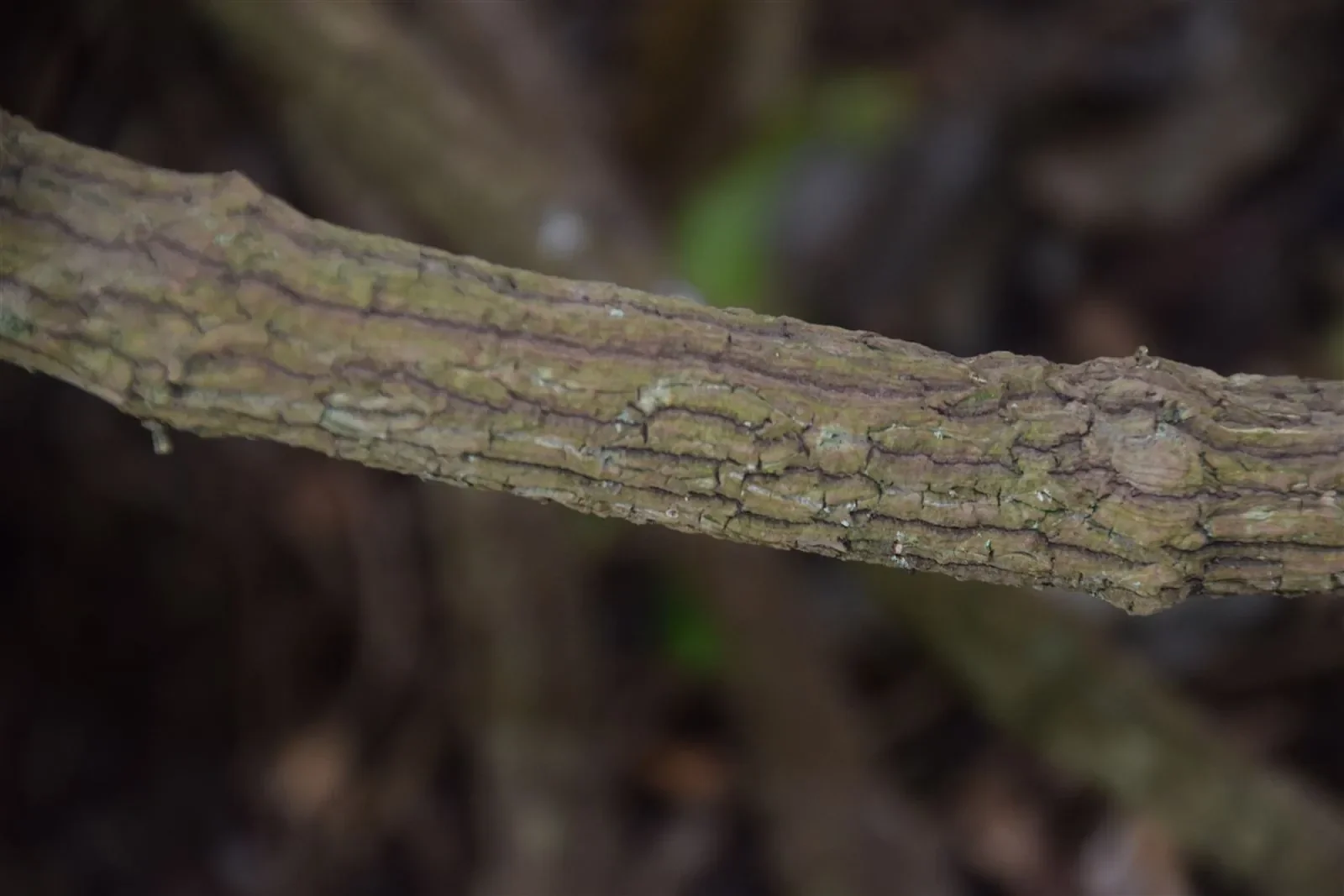
Introduction
Overview
New Zealand native vines (lianes) climb and weave through forest margins and shrublands, supporting complex habitats and offering seasonal flowers and fruits. Notable species include Parsonsia heterophylla (Kaihua), Ripogonum scandens (Supplejack), and Passiflora tetrandra (Kōhia).

White Clematis
Clematis paniculata
Showy white-flowered climber for forest edges and gardens.
Learn more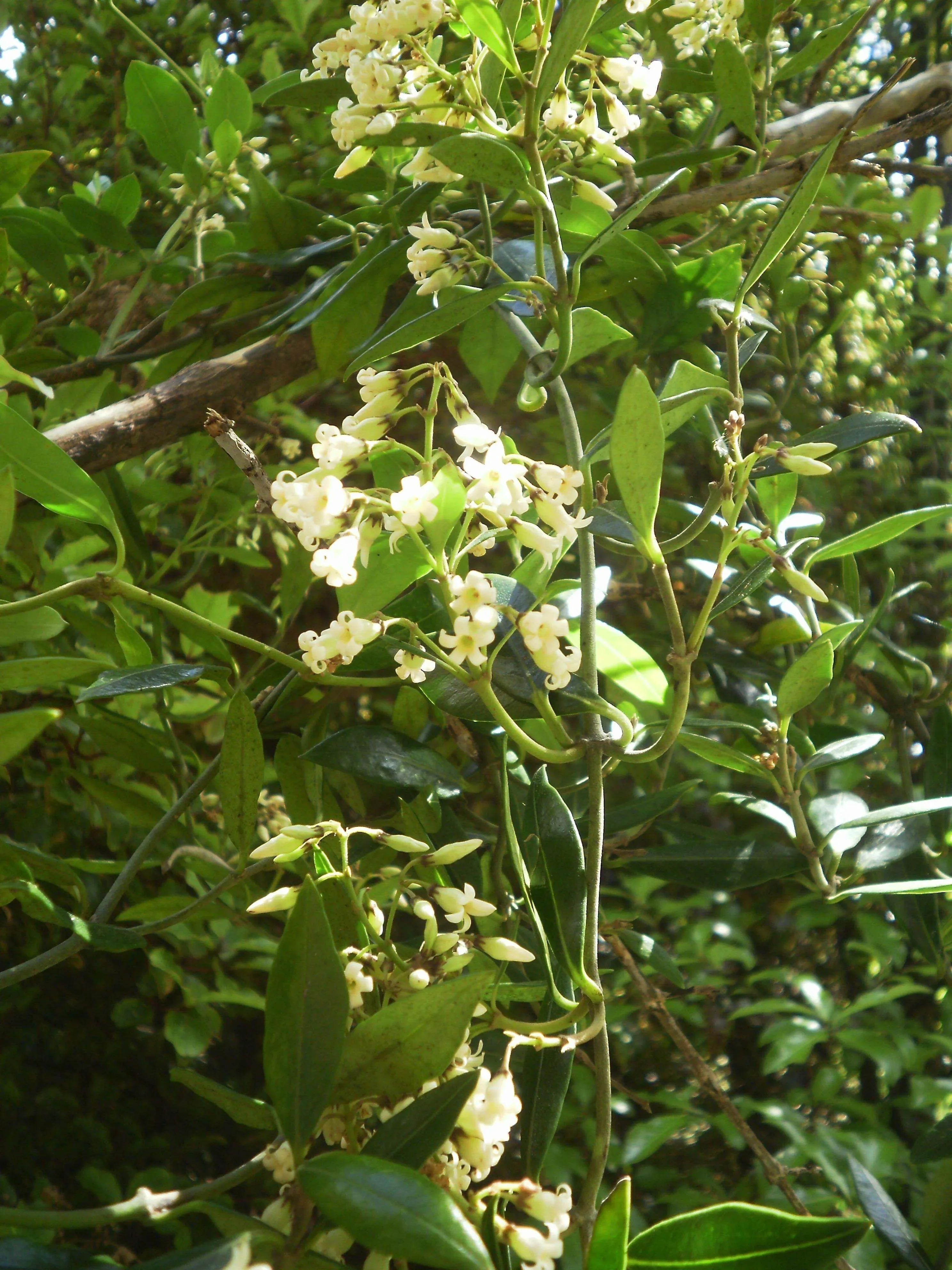
New Zealand Jasmine
Parsonsia heterophylla
Woody climber with sweet-scented flowers, ideal for trellises and fences.
Learn more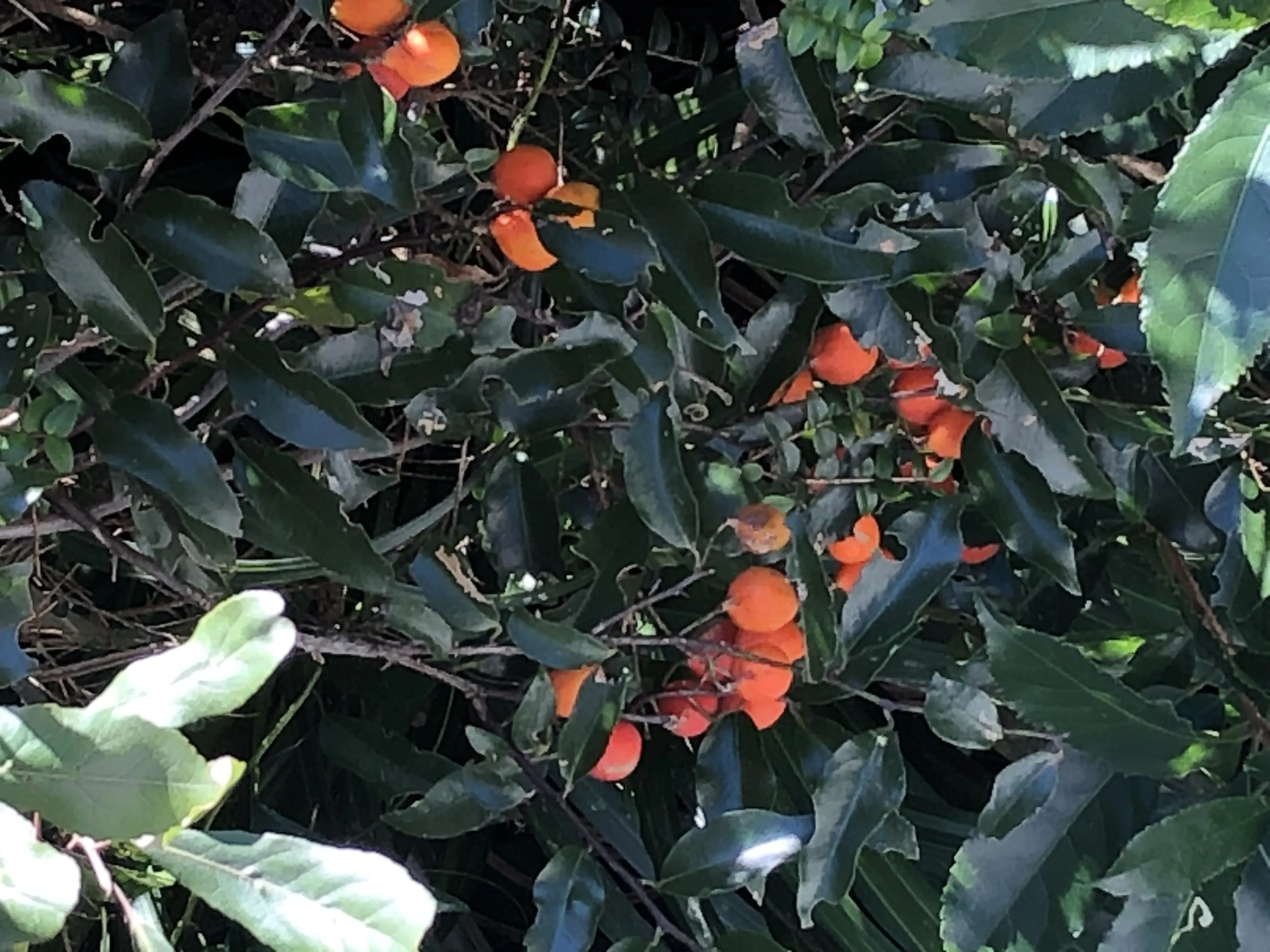
Kōhia
Passiflora tetrandra
Native passionfruit vine with edible orange fruit and attractive foliage.
Learn more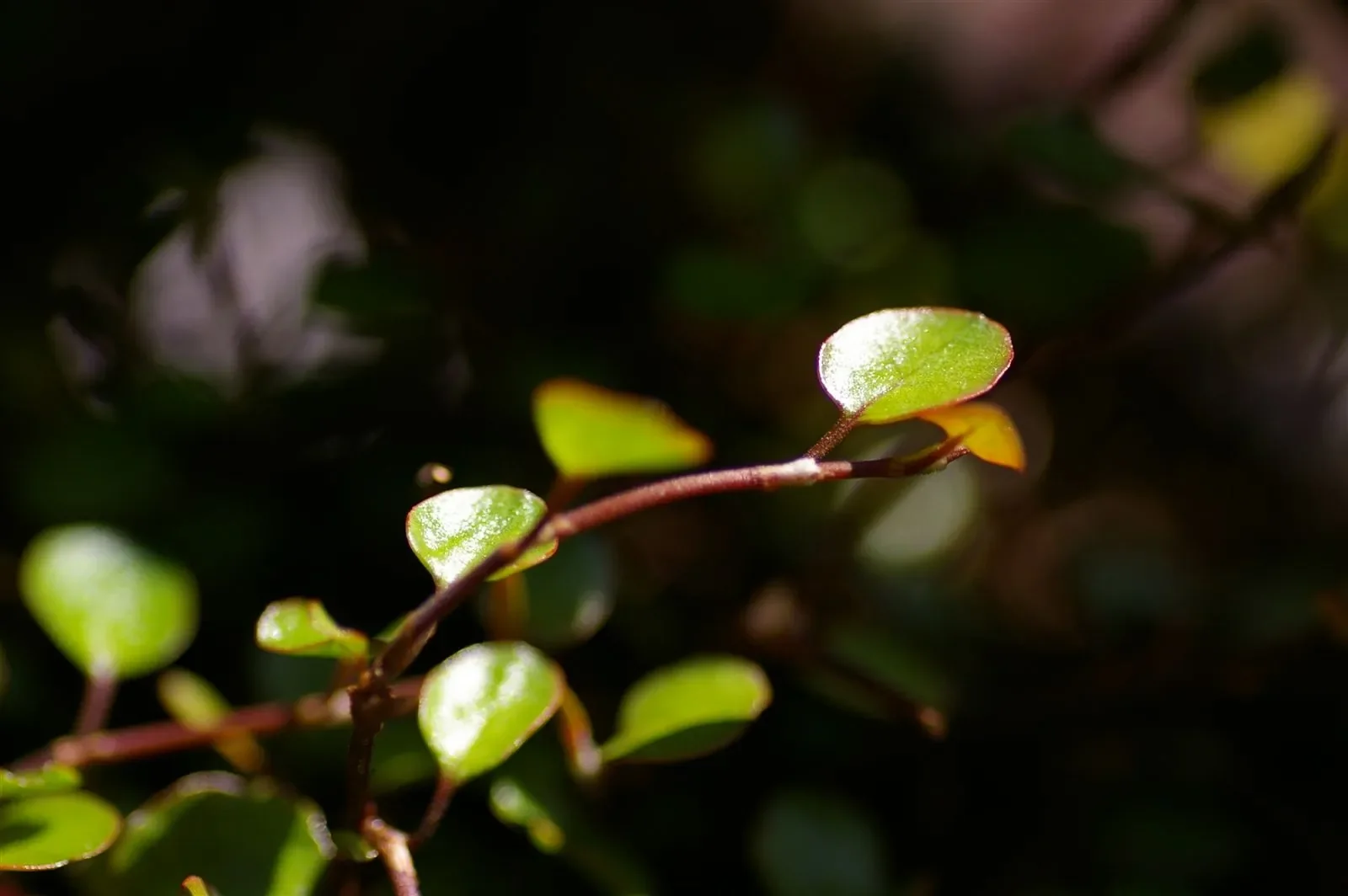
Pōhuehue
Muehlenbeckia complexa
Dense, wiry climber or groundcover, great for wildlife and erosion control.
Learn more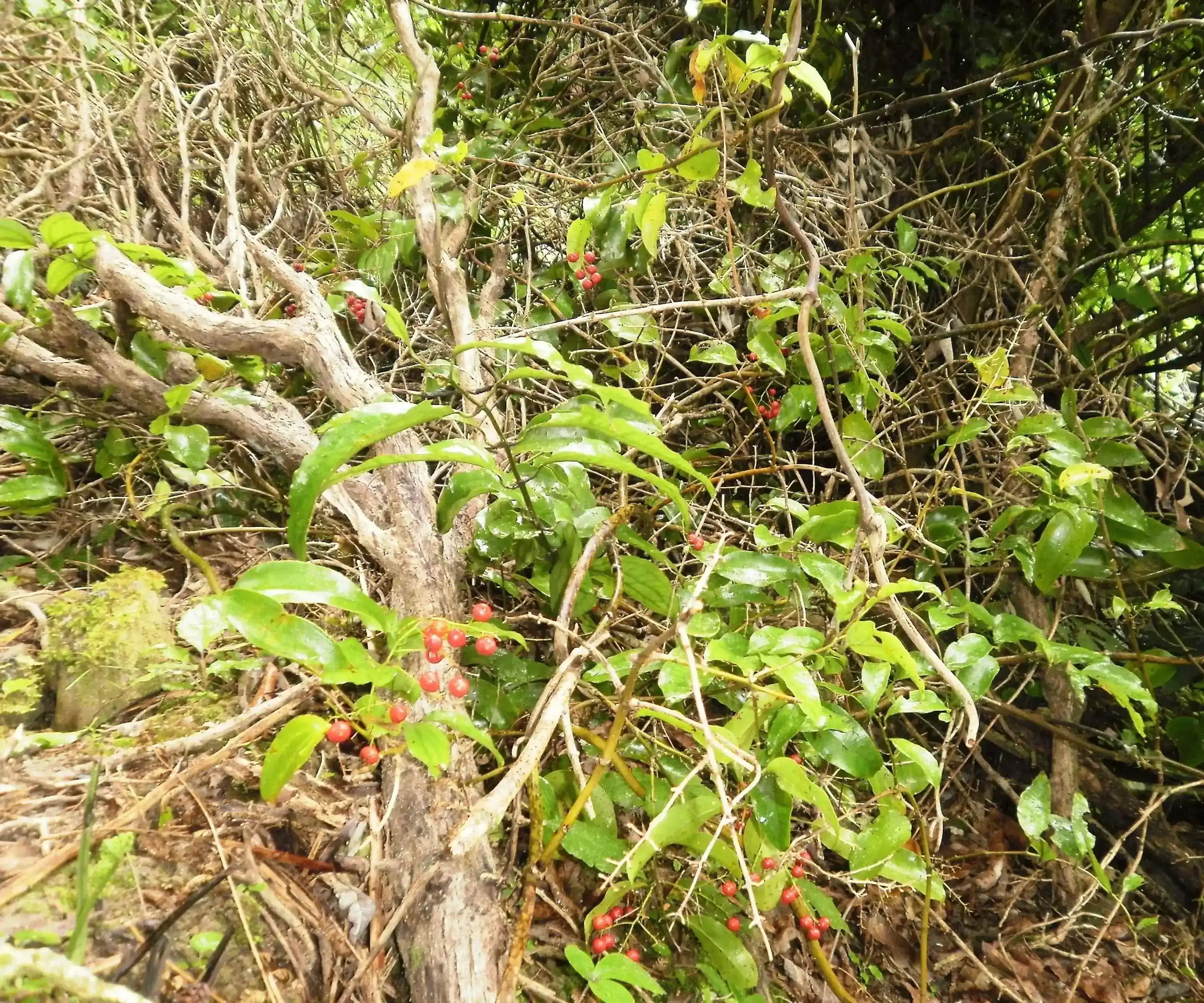
Supplejack
Ripogonum scandens
Vigorous forest vine with red berries, important for native birds.
Learn more